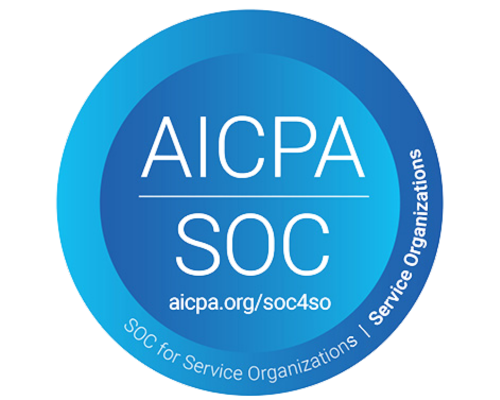How HR Teams Can Effectively Manage Unemployment Claims: Unemployment 101

The holiday season is over, and for some organizations, that means reducing headcounts as a “part of a restructuring effort to become more efficient or focus on new business areas,” says Forbes’ Jack Kelly. “Sometimes, there is a change in business priorities, and the company needs to right-size the organization.”
If your organization has to lay workers off this new year, you’re not alone.
Data supplied to
Fast Company from career consulting firm
Challenger, Gray & Christmas, Inc. shows that between 1993 and 2012, January was the most popular month for layoffs. And this should come as no surprise, considering holiday retail staff are no longer needed once the returns die down.
Challenger, Gray, & Christmas points to seasonality as a common factor for most organizations laying off employees. Its data reveal that now, April and May tend to be the most popular months for layoffs, with April seeing a monthly average of more than 100,000 layoffs between 2013 and 2023.
No matter the season, if you have to lay off talent, you’ll want to ensure your HR staff is equipped with the knowledge needed to
navigate unemployment claims effectively to keep your business’s bottom line intact, and your
state unemployment insurance tax (SUTA) rate low.
In the recent webinar, “What HR Teams Need to Know Unemployment Claims 101,”
HRlogics UCM’s
Josh Kendall, Chief Operating Officer, and
Joe Turner, VP of Unemployment Operations, discussed various unemployment intricacies. Throughout this blog series, we'll outline their best practices for managing SUTA rates and ensuring compliance with federal and state regulations.
What Is Unemployment?
“Unemployment was originally designed post-Depression by the federal government to provide some financial support to individuals between periods of employment,” explains Turner “As you'd expect, the idea was to get some much-needed funds into the hands of people who are not working to help bolster the economy.”
“There are requirements, regulations, and guidelines from the federal government regarding the administration of the unemployment program, but each state's unemployment agency is free to define the different aspects of their program, such as benefit amounts, eligibility requirements, and the funding parameters to their liking,” Turner adds. Each state has its own unemployment program, along with the District of Columbia, Puerto Rico, and the Virgin Islands.
What's the Purpose of Unemployment?
As Turner mentioned, the unemployment system was originally designed to provide temporary financial assistance to individuals who are unemployed through no fault of their own.
“Originally that meant individuals who were laid off, but the definitions have been reinterpreted and redefined over the years to include some individuals who may have been discharged for reasons other than a lack of work and even some folks who have voluntarily resigned their position,” Turner explains.
Turner adds that each state sets the specific eligibility criteria, weekly benefit amounts, duration of benefits, and how the separation issues are adjudicated. However, there are some general parameters that are set by the feds.
How Is Unemployment Determined
Outside of extraordinary events such as the COVID-19 pandemic, unemployment benefits that are paid to claimants are sourced exclusively from state unemployment trust funds. “There are misconceptions throughout the country that these benefits are generated from employees’ tax dollars and thus are some type of savings account that they have available when these issues arise,” says Kendall, “But that couldn’t be further from the truth.”
Kendall explains that these state unemployment trust funds, which fund the state’s individual program, are sustained solely through contributions made by employers in the form of quarterly tax payments.
While the former employees or claimants would be the ones reaping these benefits when they are temporarily unemployed, through no fault of their own, it's actually employers who keep this system running through their tax dollars in payments.
Now that you understand unemployment basics, like what it is and how it’s determined, we’ll focus on who is and isn’t eligible for unemployment benefits in our next blog post.
Can't wait for the next blog in this series? Watch the full webinar here.
Effectively Manage Your Company’s Unemployment Claims with HRlogics
Let HRlogics UCM (Unemployment Cost Management) take on the administrative burden of managing unemployment insurance claims. Whether you are looking for full-service unemployment claims management — offering a hands-on approach with expert guidance — or looking for self-service software for in-house efficiency, employers gain a reliable partner in the unemployment process.
Have Questions or Need More Information?





